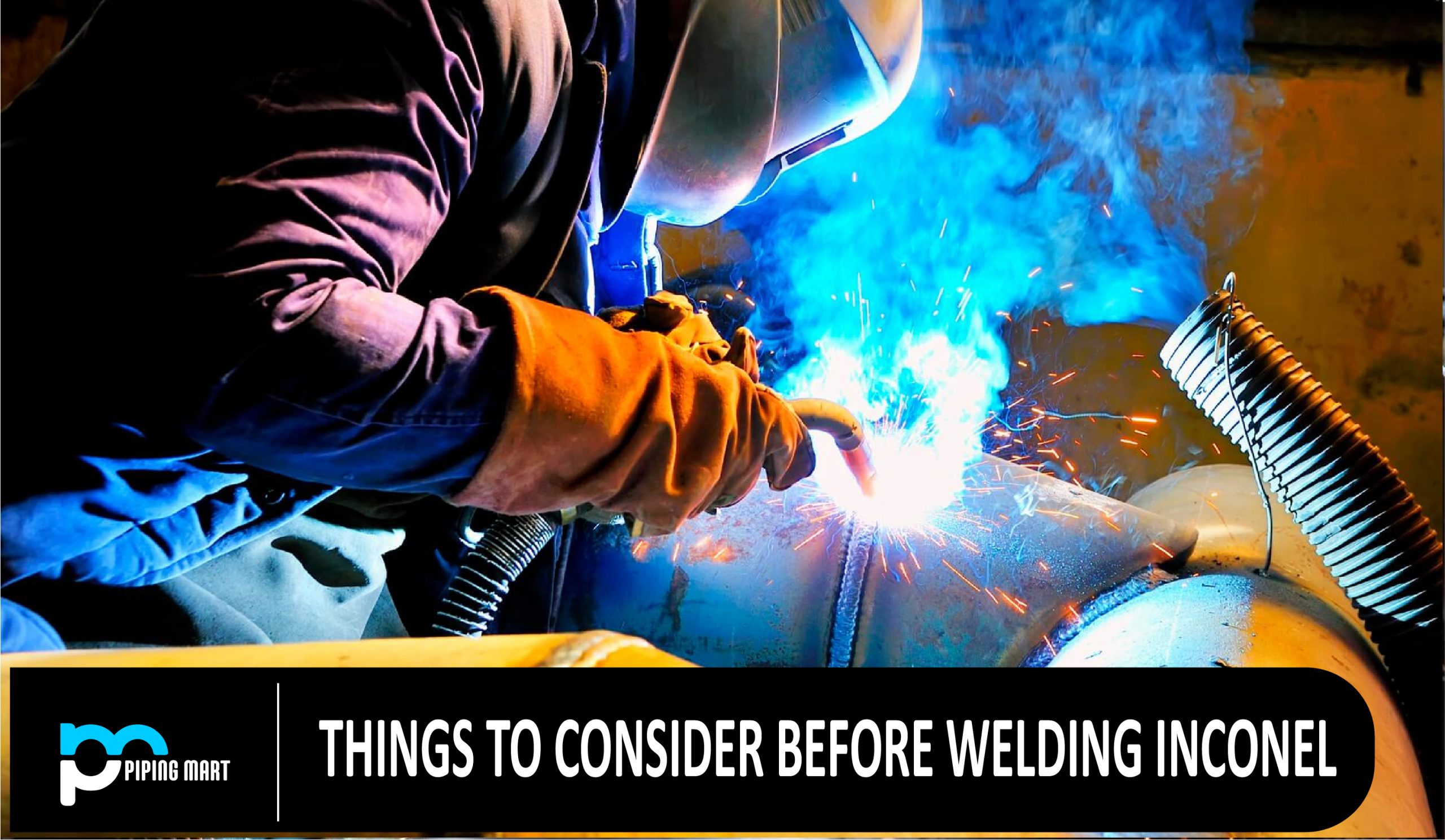In the world of metalworking, tempering and stress relieving are two processes used to improve the properties of metals. But what exactly do these processes do, and how are they different? Let’s take a closer look.
What is Tempering?
In its simplest sense, tempering is a process that involves heating a metal to a certain temperature for an extended period of time before allowing it to cool. This serves to increase the strength of the metal while also making it more malleable. It can also be used to reduce hardness or brittleness in metals like steel. By subjecting the steel to a tempering process, manufacturers can create products that have improved tensile strength while still being able to bend without breaking.
What is Stress Relieving?
Stress relieving is another heat treatment process that involves heating metal up to its critical temperature before allowing it to cool slowly in order to reduce internal stresses created by other manufacturing processes like machining or welding. This process helps maintain dimensional stability in the finished product by removing any residual stresses from the material. Additionally, this process can help increase ductility in certain materials like steel, which further improves their performance when exposed to high temperatures or heavy loads.
Difference Between Tempering and Stress Relieving
- Tempering is a process of heating and cooling steel to improve its hardness and strength.
- Stress relieving is a process of heating and cooling steel to remove internal stresses.
- Tempering is typically done at lower temperatures than stress relieving.
- Tempering can make steel more brittle, while stress relieving can make it more ductile.
- Tempering is often used prior to heat treating, while stress relieving is often used after heat treating.
Conclusion:
Tempering and stress relieving are two important heat treatment processes used by manufacturers and metallurgists alike in order to improve the properties of metals. While both involve heating metals up to certain temperatures for an extended period of time, tempering is mainly used for improving strength and malleability, whereas stress relieving is mainly used for reducing internal stresses and maintaining dimensional stability in the finished product. Understanding when and why each process should be utilized will go a long way towards creating consistent results every time.

Pipingmart is a B2B portal that specializes in metal, industrial and piping items. Additionally, we share the latest information and information about materials, products and various types of grades to assist businesses that are involved in this business.




